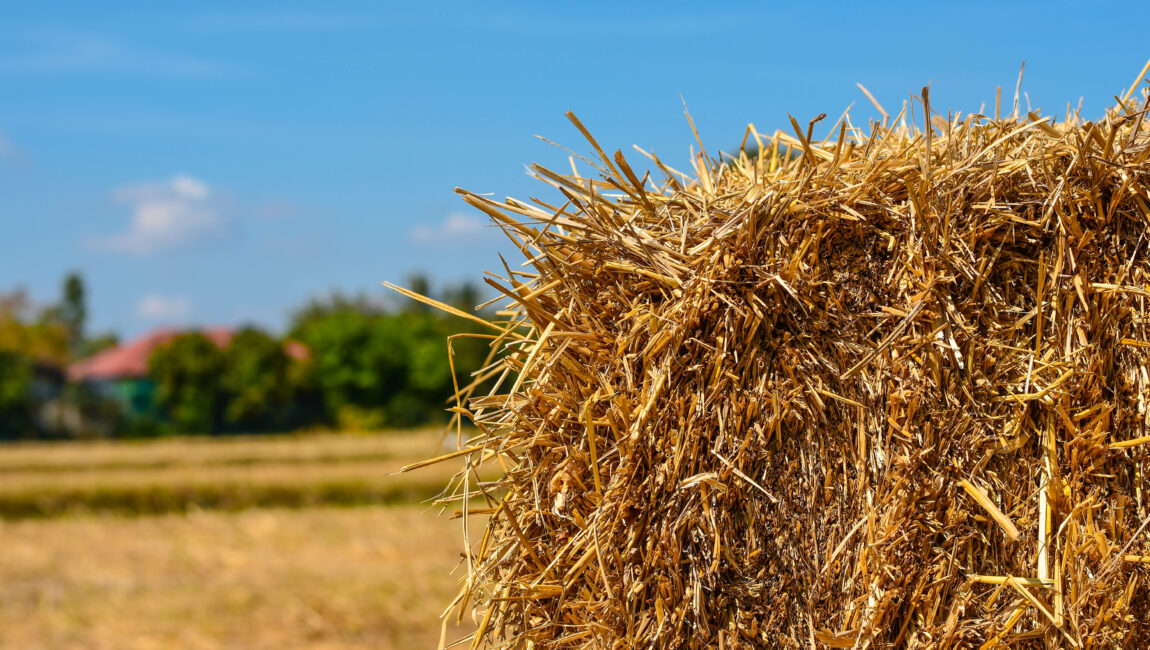
Drought conditions across much of the Midwest this last summer and fall significantly reduced forage production from pasture and rangeland as well as hay ground and crop residue. Livestock producers have been battling meeting the feed needs of their animals this winter and will continue to do so into this spring season. Also due to frigid cold temperatures this winter, livestock ate more hay just to stay warm!
If producers are concerned that hay supplies will be tight to carry them through to the next growing season, they should consider a variety of strategies to supplement or preserve existing supplies. Here are a few management decisions to consider to ensure adequate forage supplies to reach the next growing season:
Fill up the reserves
Take advantage of the late summer-fall growing conditions later this year and obtain high-quality pasture for fall and early winter grazing by stockpiling. Consider grasses that will be responsive to nitrogen and hold their quality into the winter. Fescue and improved Orchardgrass varieties are most commonly used for stockpiling, which should typically begin by early to mid-August. Start by removing cattle from the pasture or clip the pasture so that 3-4 inches of forage remain. Topdressing 50 pounds of actual nitrogen per acre in mid-August can generate significant amounts of extra forage production. Grazing of stockpiled forages can begin in late fall to early winter.
Plant winter and summer annuals
Winter varieties of wheat, triticale, cereal rye or ryegrass can be planted in the fall. Best results are usually obtained if planting is completed by early October. Winter annuals offer the potential for light grazing in late fall-early winter. The bulk of the forage produced can be harvested through grazing in late winter-early spring. Harvesting the forage as baled silage as opposed to dry hay will ensure a higher quality forage for feeding.
Adding a summer annual forage to available acreage can help fill forage needs, add grazing flexibility, and provide a drought tolerant forage. Utilize tillable acreage for summer annual forage production or consider areas that may have been heavily abused from winter feeding that may benefit from the natural weed control of a competitive summer annual stand. Follow the summer annual with a more permanent perennial pasture seeding in late summer or early fall. Summer annuals can help fill forage gaps in the summer or help you build forage inventories for winter feeding. They are drought tolerant and can offer much needed forage in the summer slump. However, be aware that these forages need to be monitored for nitrate levels prior to and during grazing. With careful management, summer annual forages can be a valuable component to solving forage inadequacies.
